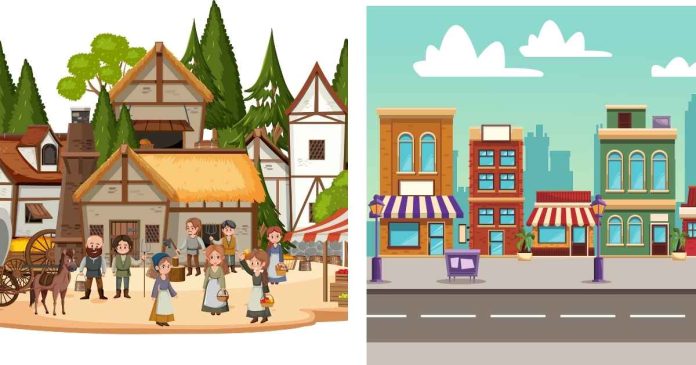Both village and city life have their own unique advantages and disadvantages. Here’s a breakdown of some of the drawbacks of each:
Disadvantages of Village Life:
Limited Opportunities:
Fewer job opportunities, often concentrated in agriculture or traditional crafts.
Limited access to specialized healthcare, education, and advanced technology.
Less exposure to diverse cultures and perspectives.
Lack of Infrastructure:
Poorly developed transportation networks, making travel difficult.
Inadequate sanitation, water supply, and waste management systems.
Limited access to reliable electricity and internet connectivity.
Social Issues:
Strong adherence to traditional norms and customs, which can sometimes be restrictive.
Limited social mobility and fewer opportunities for personal growth.
Gossip and social pressure can be prevalent.
Isolation and Lack of Amenities:
Distance from urban centers can lead to feelings of isolation.
Fewer entertainment options, shopping centers, and recreational facilities.
Disadvantages of City Life:
High Cost of Living:
Expensive housing, transportation, and basic necessities.
Increased competition for jobs and resources.
Overcrowding and Pollution:
High population density leading to congestion and lack of personal space.
Air and noise pollution can negatively impact health and well-being.
Fast-Paced and Stressful Lifestyle:
Constant rush and pressure to succeed can lead to stress and anxiety.
Impersonal interactions and a sense of anonymity can be isolating.
Social Issues:
Higher crime rates and safety concerns in some areas.
Social disparities and inequalities can be more pronounced.
Lack of community and strong social bonds compared to villages.
It’s important to remember that these are generalizations, and the specific advantages and disadvantages can vary depending on the particular village or city in question. Ultimately, the best place to live depends on individual preferences and priorities.


